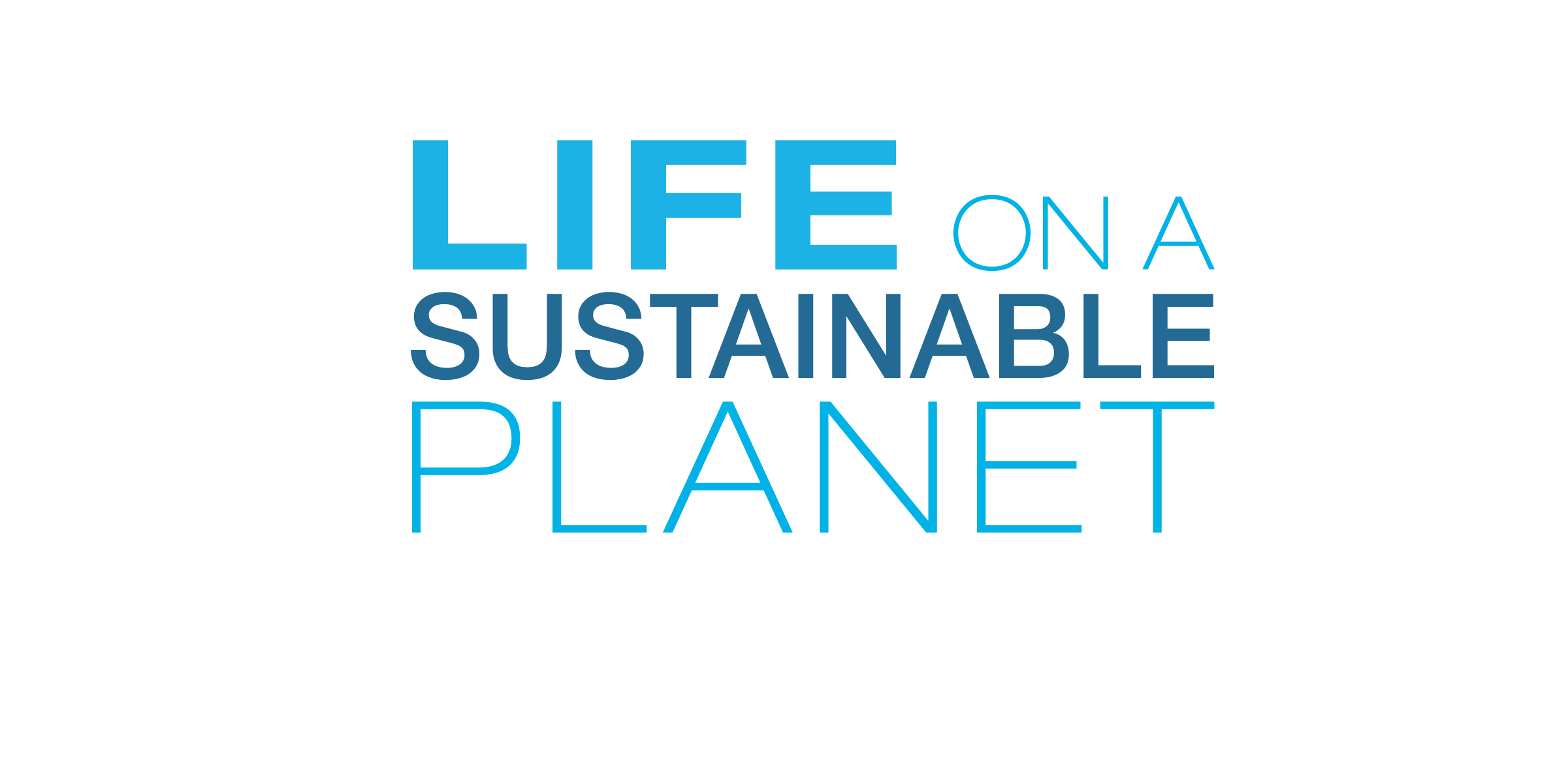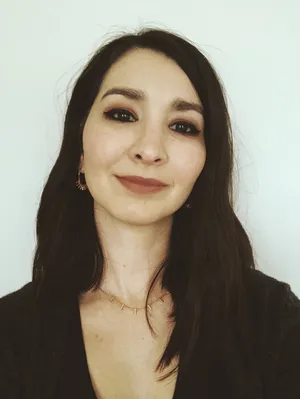Continuing Conservation on a Planet on Lockdown
In this multi-part series, the Smithsonian’s Conservation Commons takes a look at how capacity building and local community involvement are key to continuing conservation during the current pandemic.
/https://tf-cmsv2-smithsonianmag-media.s3.amazonaws.com/blogging/featured/20180331_Krazidi_Abeye_R02M_Tim_Wacher_zSL_0F4A4727.JPG)
The current global pandemic has created a multitude of setbacks in so many facets of life. For the conservation community, one of the most heightened difficulties was the loss of field seasons. During the spring and summer months, many researchers and academics travel to field sites for data collection, but when travel is restricted or even banned, how can research and conservation continue? The collection of data will halt, short-term projects will be set back and gaps will emerge in long-term datasets. From deserts to reefs, scientists are learning a new kind of resiliency – how to continue research during a global crisis by emphasizing and building on community-led approaches to conservation.
The team of conservation organizations and scientists working to restore the critically endangered scimitar-horned oryx are no strangers to extraordinary challenges. In the 1990s, these desert-dwelling antelope were last sighted in the wild, and in 2000, they were officially considered Extinct in the Wild based on criteria from the IUCN Red List of Endangered Species. Fortunately, the species survived in zoos and research facilities around the world, and in 2014, an effort led by the Environment Agency-Abu Dhabi in partnership with the Government of Chad, and implemented in Chad by the Sahara Conservation Fund and the Chadian Ministry for the Environment and Fisheries, was established to restore them to the wild. In 2016, the reintroduction of oryx to Chad began - a feat which included the wondrous sight of airlifting and releasing the animals to the Ouadi-Rimé Ouadi-Achim Faunal Reserve. The effort built a long-term partnership among the Sahara Conservation Fund, Smithsonian Conservation Biology Institute (SCBI), Zoological Society of London (ZSL), Fossil Rim Wildlife Center, Saint Louis Zoo, and other organizations, that would serve both the wildlife and the people: capacity-building on the ground.
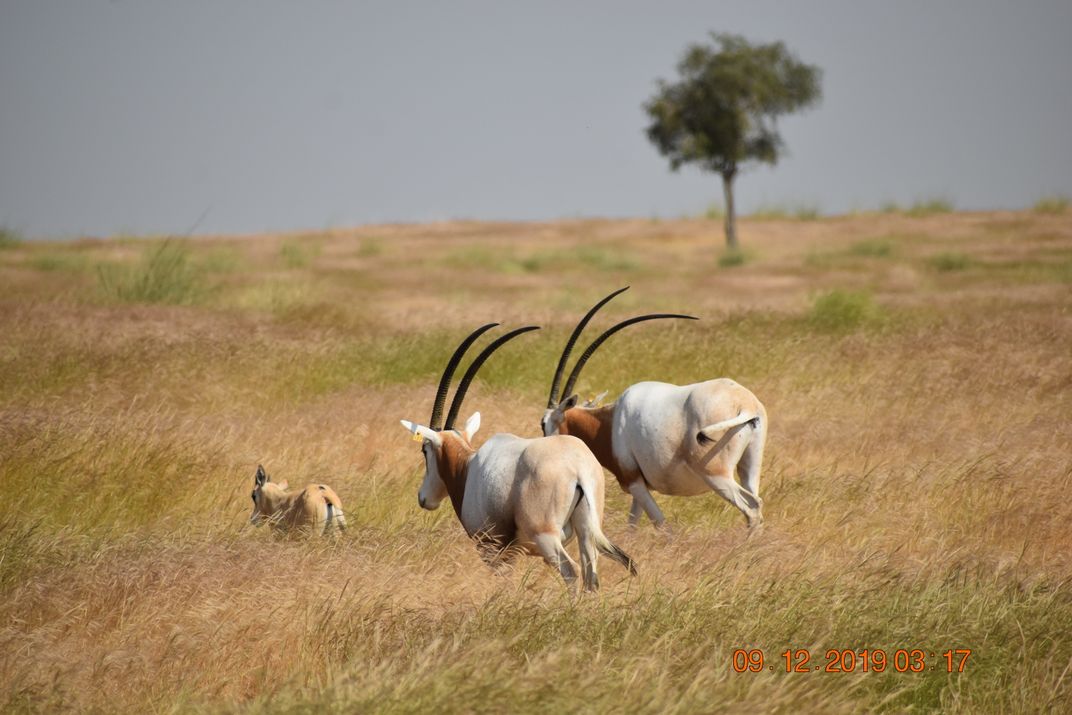
Mel Songer is a conservation biologist at the Conservation Ecology Center of the Smithsonian Conservation Biology Institute (SCBI), located in Front Royal, Virginia. Songer is one of the researchers supporting the effort to restore and track the reintroduced oryx population. She emphasizes the value of both on-site conservation and ex-situ conservation like that which occurs with oryx managed both at SCBI and the National Zoo in Washington, D.C..
"At SCBI we have the opportunity to take a holistic approach to species conservation, with wide-ranging expertise needed to help build healthy managed populations, to work with partners to return the species to the wild, and to follow through with research needed to ensure they have the best chance for survival." This summer, despite the global pandemic, Songer and this team of collaborating institutions will be able to continue their conservation of the species and critical data collection. As a result of their approach that includes empowering local communities, students, and researchers who are on the ground, the local team is able to work in concert with Songer and the SCBI oryx team in the United States.
Another member of the team, Katherine Mertes, amplified this sort of silver lining. She was actually in the field in Chad when travel restrictions for Americans were announced, and her usual summer travel to collar oryx (fitting the animals with a GPS/satellite tracking device) has been put on hold indefinitely. But despite Mertes now working on this research from home, early collaboration among the Sahara Conservation Fund, Smithsonian Conservation Biology Institute, and Zoological Society of London have built local and reliable on-site monitoring that enables the work to continue remotely.
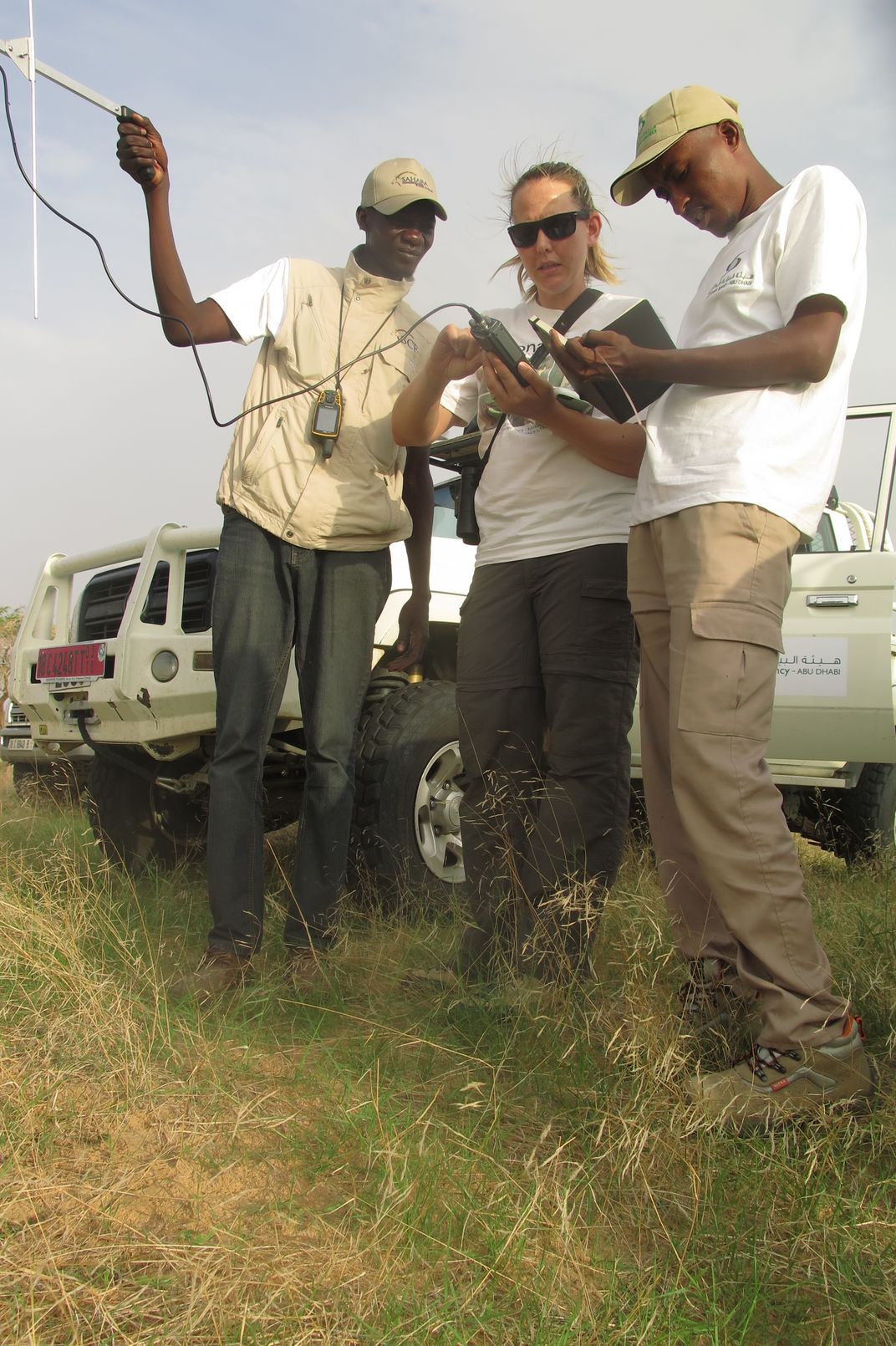
"Because we've put so much emphasis into really strong communication between the Sahara Conservation Fund team, who are in the field with the animals day-to-day, the team at ZSL, and the team at SCBI, who mostly work with the collars – both day-to-day monitoring and more detailed, individualized monitoring are at full speed, even while travel is limited." Mertes also explained that they've been developing video training for the Sahara Conservation Fund team to continue building capacity while international travel is on hold.
This capacity-building is what Steven Canty, the Marine Conservation Program coordinator at the Smithsonian's National Museum of Natural History and lead for the Working Land and Seascapes initiative of the Smithsonian's Conservation Commons, calls critical. Canty thinks conservationists can be using this time in lockdown to focus on the bigger picture.
"Nobody's got the excuse that they're not home." He emphasized that this is an extraordinary time to connect, reinforce existing relationships, and form new collaborations – something that conservation planning desperately needs in order to work.
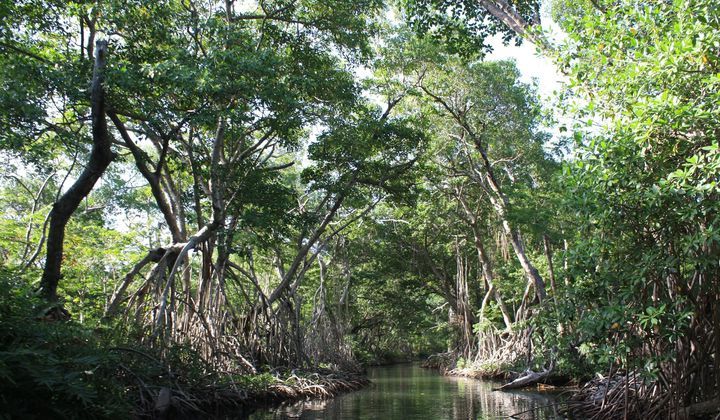
Canty's team was planning to visit Belize this summer to estimate the mangrove carbon, in the trees and the sediments, for the entire country. A significant part of this work was to provide training to local non-government organizations and government departments. This highlights the importance of building capacity so that local researchers are equipped to collect the data they need to inform management and their government. Luckily, they will be able to submit the report, which is crucial to the Paris Agreement, but they will be using projected data that will be ground-truthed once people can return to fieldwork. It's not a perfect solution, but that's where more capacity-building comes in.
When conservation programs have effectively strengthened capacity in-situ by empowering local communities to be involved in efforts, there is a significantly diminished need for researchers to travel and have boots on the ground.
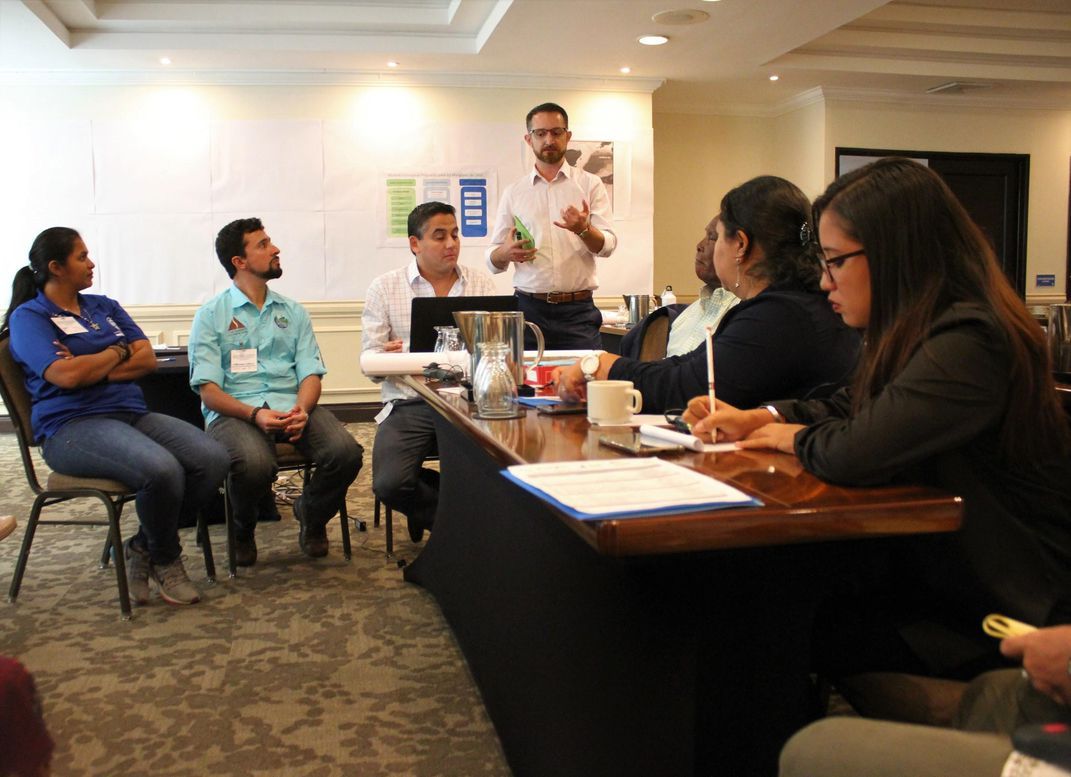
Not only are community-led conservation approaches better for inclusivity and amplifying local knowledge, but they help to untie the neocolonialist knots that have been historically woven into conservation. Rather than unwittingly accepting the "new normal," we should be using the unintended consequences of COVID-19 to shift the paradigm of conservation.
Canty says this should be a real eye-opener for how desperately we need people to be involved in the countries we are working in. His current work with the Smithsonian and many other key collaborators will, similarly to Mertes, focus this time at home on building webinars and other critical training plans to help ensure that in the next unexpected shutdown or travel ban, the job will still get done.
So although we have found ourselves in a time of crisis, this unexpected quandary can be one that pushes critical movement toward strengthening global conservation collaborations, increasing community involvement and setting new expectations for conservation research solutions.
• • •
This article is the first installment of a multi-part series in which the Smithsonian's Conservation Commons takes a look at how capacity building and local community involvement are key to continuing conservation during the current pandemic.
